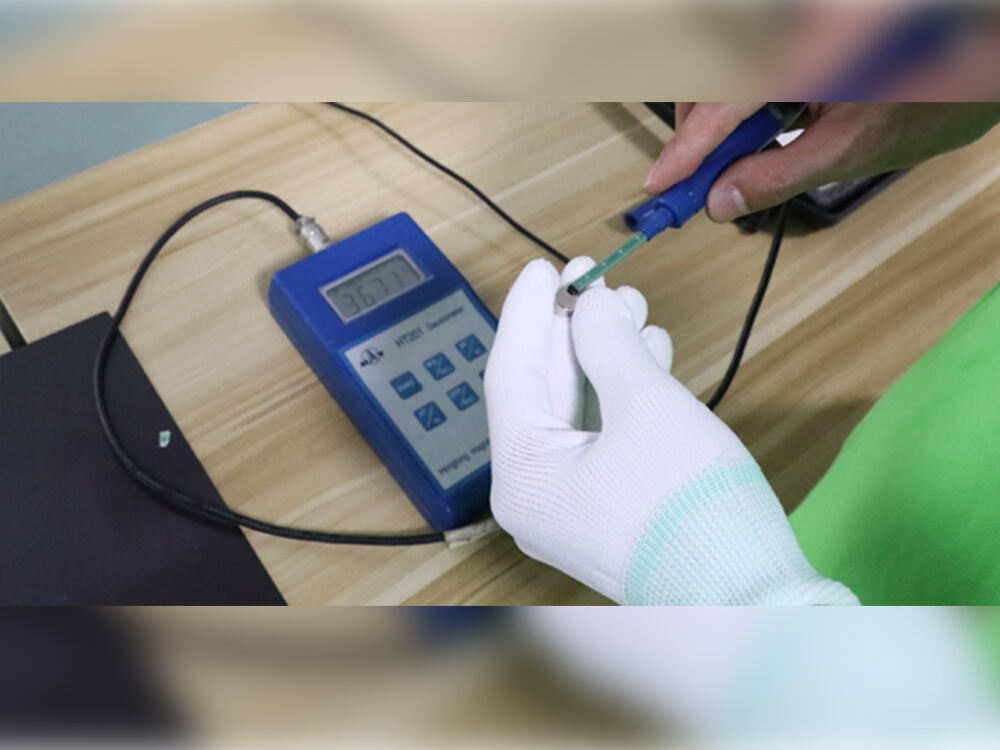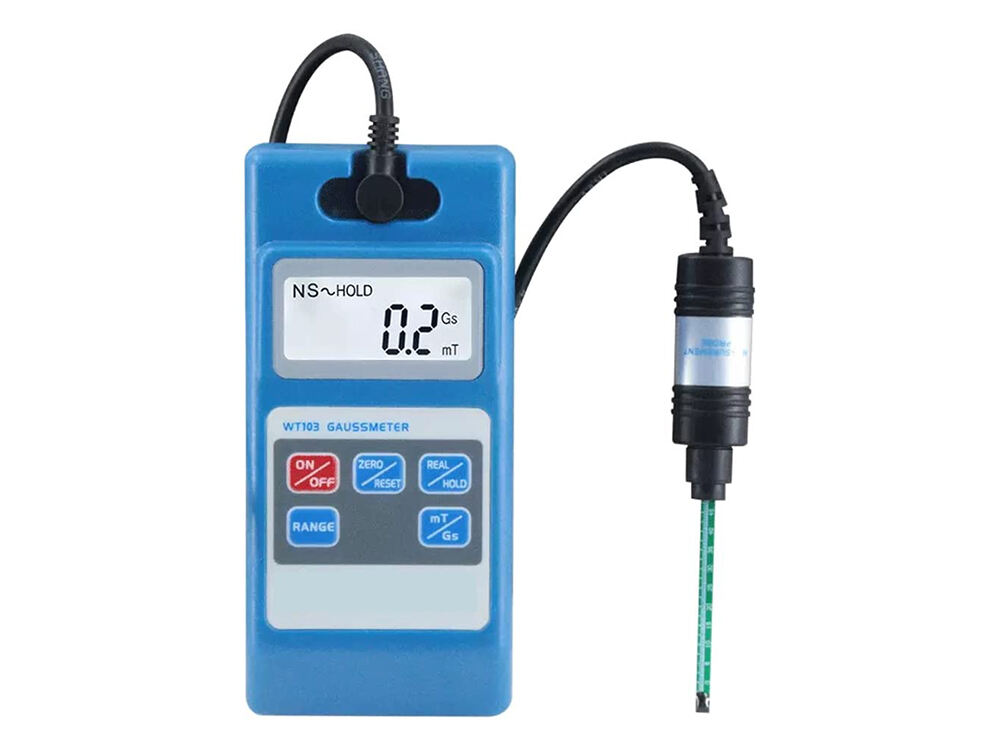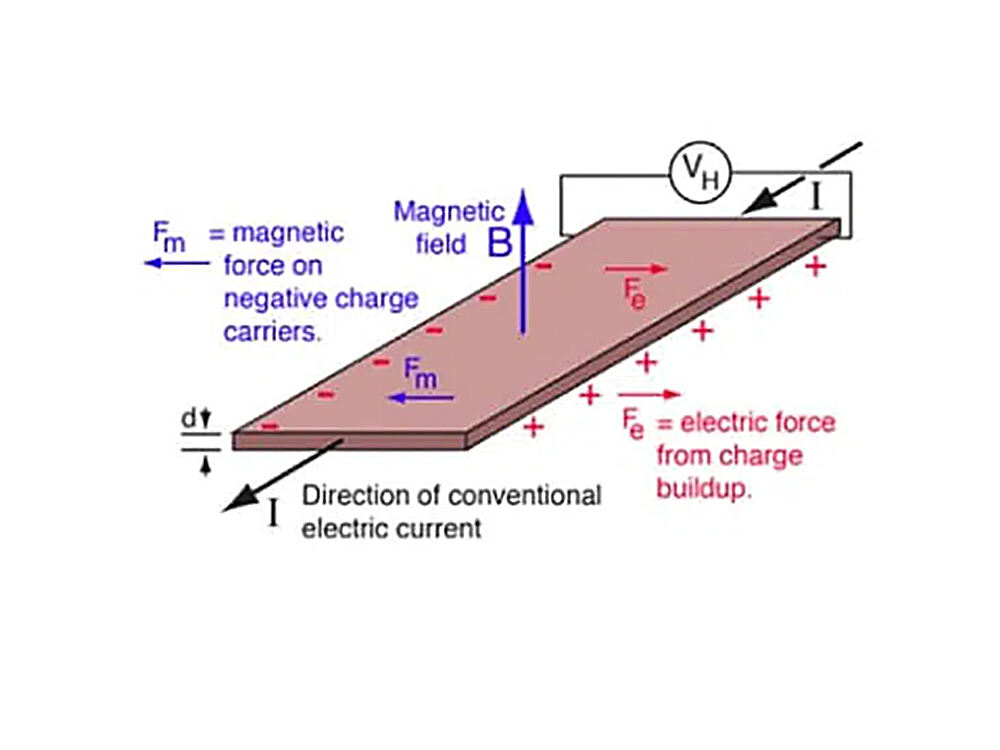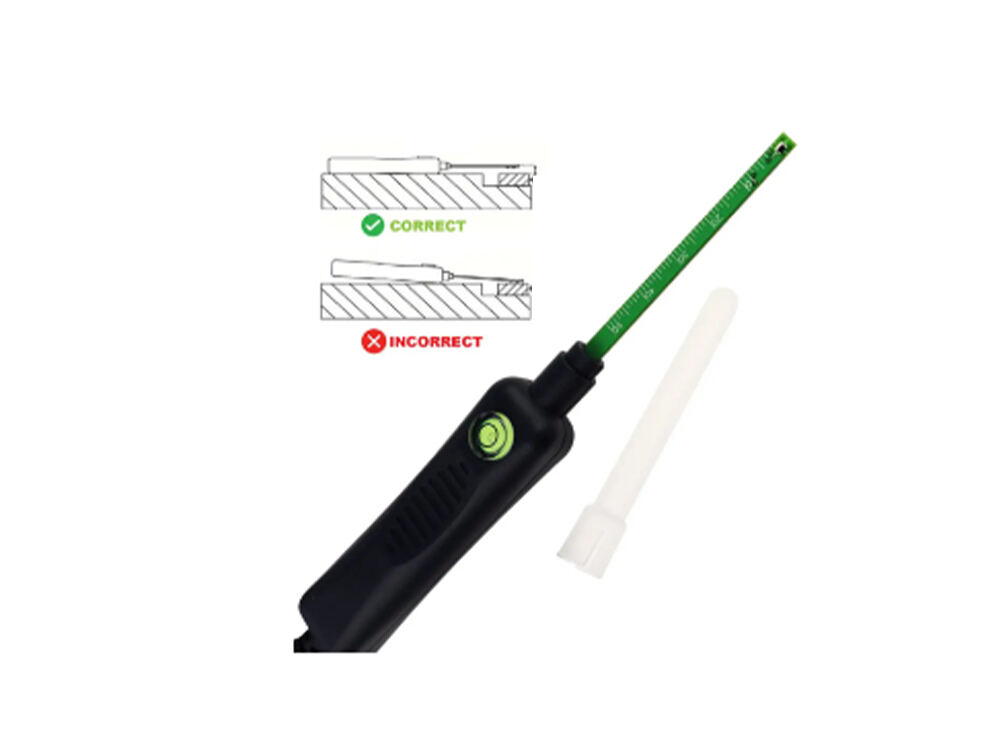What Is Gaussmeter And How It Works
As a professional manufacturer of magnets, one of the most indispensable tools for us is a Gauss meter, because every time we complete production, we have to test the Gauss or magnetic flux of some magnets to ensure that customers receive the magnets. The best quality, but have you really understood theGaussmeter measuring instrument? In this blog you will learn some knowledge about Gaussmeter measuring instruments and the working principle of Gaussmeter measuring instruments.

So first let us understand what is a gaussmeter measuring instrument?
Today's Gaussian magnetometers are called Gaussmeters, and gaussmeters are often used to measure the direction and strength of relatively small magnetic fields. But compared to magnets with larger magnetic fields, a Tesla meter will be needed. A gaussmeter is composed of a gauss probe/sensor, a meter, and a cable connecting the two.
Note: Gaussian probes/sensors are generally fragile and need to be paid attention to when using them.

Fun Fact: The working principle of the gaussmeter is based on the Hall effect discovered by Edwin Hall in 1879.
The first person who had resource magnetic fields was Carl Friedrich Gauss, he is also considered by many to be one of the greatest mathematicians and he also developed the first device that could be used to measure the direction and strength of any magnetic field, which is the magnetometer. A system of units for measuring magnetism was also developed, and in his honor, the modern unit of magnetic induction or flux density in the metric (CGS) system is called GAUSS. The SI unit for measuring magnetic flux is TESLA (named after Nikola Tesla, the father of electricity)! And 1 TESLA = 10000 GAUSS.
How does a gaussmeter work? What is the Hall effect?
Magnetic fields affect current flow because electricity and magnetism are related. When an electric current passes through a conductor at right angles to a magnetic field, the force of the magnetic field pushes electrons to one side of the conductor. The unbalanced concentration of electrons produces a measurable voltage that is directly proportional to the strength of the magnetic field and current, but inversely proportional to the charge density and thickness of the conductor. This effect is called the Hall effect.
The mathematical formula is V = IB/nd, where "V" is the voltage produced, "B" represents the magnetic field strength, "I" is the current, "n" is the charge density, "d" is the thickness of the conductor and "e" represents a single The charge of the electron.

How does a gaussmeter work?
The most important part of a gaussmeter is the Hall probe, which is usually flat and therefore best suited for measuring transverse magnetic fields. But you have to pay attention when using it, because its flat shape is easy to break, so you need to be careful when using it. There are also probes that are axial or cylindrical and are used to measure fields that are parallel to the probe, such as those inside solenoids (cylindrical coils that become magnetic when current flows through them).
Both types can be used for general magnetic field measurements, but planar or transverse probes are essential for measuring magnetic fields in open spaces, including small gaps in or within magnets, or for simple magnets or ferromagnetic objects. Probes are fragile, especially when they are used to measure small magnetic fields, and they are reinforced with brass to protect them from harsh environments.
The meter uses a probe to send a test current through the conductor, which produces a voltage due to the Hall effect, which the meter then records. Because voltage fluctuates and is rarely static, meters often freeze readings at specified values and record them along with the highest voltage value detected. Some gaussmeters are also able to differentiate between AC and DC fields because they automatically calculate the RMS (Root Mean Square) of the AC field.
You may now want to ask how to measure the Gauss of a magnet correctly and accurately?
1. Turn on the gaussmeter and hold the probe - it has the sensor.
2. Place the probe on the magnet - if it is a Hall probe, place the probe flat on the magnet.
3. Hold for a few seconds to obtain the highest value to be measured.

The above are the most commonly used methods of using a gaussmeter. Most magnets come with pre-measured ratings, but researchers, electricians, educators, product designers, and others find gaussmeters useful when developing or working on projects.
Who needs a gaussmeter? Where can a gaussmeter be used?
Gaussmeters are useful devices for measuring magnetic field strength, and some can even measure polar direction. A simple voltage tester is actually a type of gaussmeter because it can detect the magnetic field caused by the
The electric current generated by the field. Gaussmeters can be used to measure:
- DC and AC (40~500Hz) magnetic fields
- N/S polarity of DC magnet
- Residual magnetic field after machining of mechanical parts
- Magnetic Field Strength in Magnetic Applications
- Residual magnetic field generated by stress after processing of stainless steel materials
- Magnetic force of magnetizable materials
- Natural magnetism of various steel materials
- Magnetic fields from motors and other household appliances
- Magnetic field strength of permanent magnet
- Detection of leakage magnetic fields produced by superconducting magnets
Simultaneous measurement of temperature and magnetic strength
Prolonged exposure to magnetic fields can be harmful to health (although studies have not established this yet), and if you're worried about the same, a gaussmeter can also come in handy to measure and regulate the strength of magnetic fields from various devices around your house. Gaussmeters are used to measure electromagnetic radiation in places where people live or work and use numbers to compare with safety standard limits set by various global directives or regulations.
Industrial uses of gaussmeters include the precise and repeatable measurement of magnetic strength associated with the technical use of permanent magnets and any ferromagnetic components. Gaussmeters can perform non-destructive magnetic field measurements on components such as DC or AC motors, speakers, magnetic circuits or relays, magnetic switches or coils, magnet classifications and even residual or stray/leakage fields. They can also be used successfully to determine whether static or dynamic electromagnetic fields affect the operation of precision electronic equipment where they are installed.




